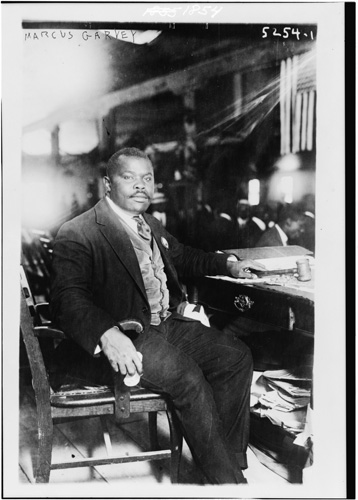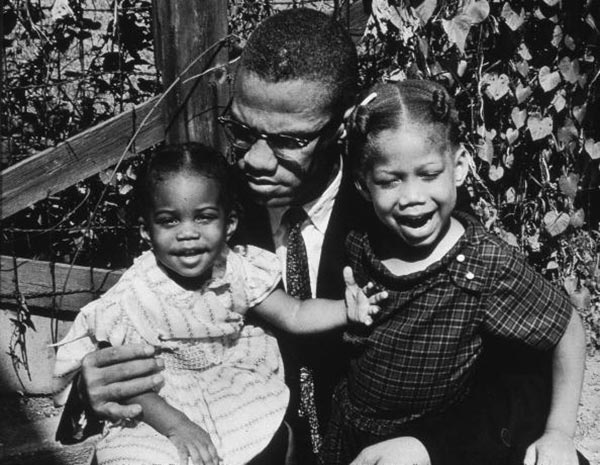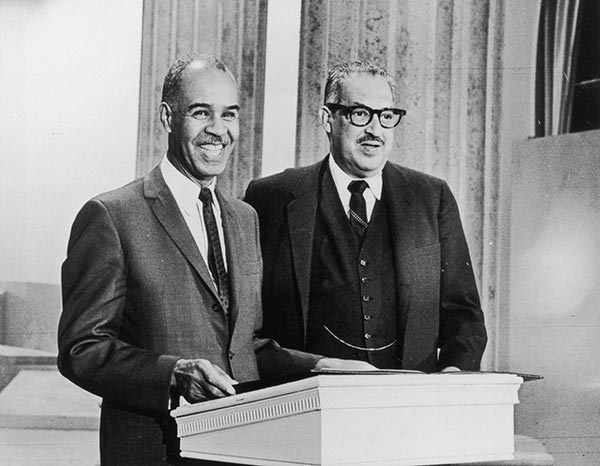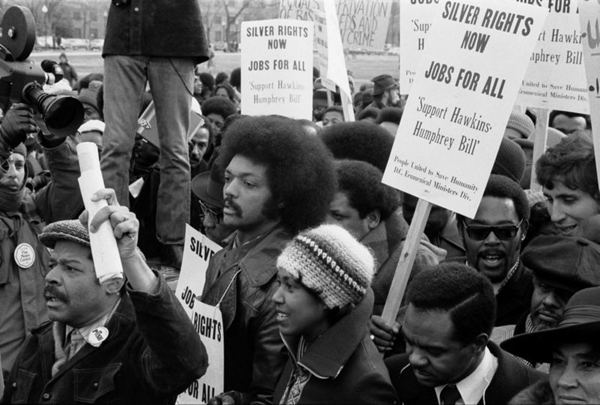Welcome to Amistad Digital Resource
Video: Living with Racial Segregation.
Columbia University professor Manning Marable talks about the the many limitations of freedom for African Americans navigating Jim Crow segregation laws in the mid-20th Century.
Video: Beyond the Big Names of the Civil Rights Movement.
Martin Luther King, Jr. and Malcolm X are the best known names in the Civil Rights movement, but there were many more largely unknown people vital to the movement.
Video: A Confrontation for Integration at the University of Alabama.
Alabama Governor George Wallace makes his infamous stand at the schoolhouse door to protest a federal order that allowed desegregation at the University of Alabama.
Video: Rodney King Appeals for Calm in Wake of L.A. Riots.
Rodney King makes his first appearance since the verdict that acquitted his accused attackers and sparked riots in Los Angeles. He appeals for an end to the violence and asks all people to get along.
Video: Obama Gives Speech on Race.
Barack Obama gives a speech about race and reconciliation, after controversial words by his pastor get media attention. NBC's Lee Cowan examines the substance and politics of the speech.
As African Americans sought to forge themselves as a people in the leviathan of slavery, in the process expanding democracy for all Americans, the concept of freedom has been central to the struggle. In pursuit of freedom, African Americans have frequently differed in their views concerning timing, strategies, and tactics. At certain historical moments, some have placed more emphasis on racial assimilation within the existing social order, others have advocated the creation of separate institutions, and still others have insisted on changing the social and economic foundations of the society in which they found themselves. But within this rich diversity, the voices from the pages of black history have produced a common cry of freedom—a freedom to live and pursue their grandest hopes for themselves and their children, to serve others, and to build a nation dedicated to justice.
Photo: Marcus Garvey, August 5, 1924.
Photographed here on August 5, 1924, Marcus Garvey was the leader of the largest black mass movement in twentieth century America.
Photo: United We Win [World War II Poster] (1943)
In an effort to counter the demoralizing effect of racial segregation and discrimination, the U.S. government launched several campaigns that highlighted the contributions of African Americans to the war effort.
Photo: Malcolm X with Family, 1963.
Then a minister for the Nation of Islam, Malcolm X Shabazz plays with two of his daughters, 1962.
Photo: NAACP chief Executive Roy Wilkins presents the Freedom Bell Award to Judge Thurgood Marshall.
Marshall had been the legal council for the NAACP on Brown v. Board of Education and in 1967 would become the first black U.S. Supreme Court Justice.
Photo: Jesse Jackson, Jan 15th, 1975.
Jesse Jackson surrounded by marchers carrying signs advocating support for the Hawkins-Humphrey Bill for full employment, near the White House, Washington, D.C.
Freedom has never been bestowed from above, but has been won from struggle from below. "Freedom" has never been "free." There have been victories and disappointments , successes and failures, but there can be no doubt that by testing the limits of democracy, the African American struggle has profoundly altered the meaning of freedom for all Americans. In discussing the student sit-ins of the 1960s , the civil rights organizer Fannie Lou Hamer noted, "By and large, this feeling that they have a destined date with freedom was not limited to a drive for personal freedom, or even freedom for the Negro in the South. Repeatedly, it was emphasized that the movement was concerned with the moral implications of racial discrimination for the ‘whole world’ and the ‘human race.’ "
The struggles waged by African Americans—from slave revolts, to the development of the NAACP, to the participation in the freedom rides —allowed people to perceive themselves as real actors in their own living history. With every generation, the boundaries that maintained inequality were radically reinterpreted and renegotiated as men and women, black and white, worked tirelessly to realize the potential of American democracy. This is a historical lesson, derived from our own recent experiences that young Americans today must learn. Through their own direct action and civic participation, constructive, meaningful change that addresses social problems and unfairness is possible.
Unfortunately the world is still inherently unequal , so that the people’s promise of true equality remains unfulfilled. However, it is this notion that movements can and will change the world we live in that makes the legacy of the African American freedom movement so important. How can these tales of resistance and of mobilization for change inform the way that we move toward a more equitable world? What are the struggles that still exist? These are the questions that we hope this resource will raise in the classroom.







![United We Win [World War II Poster] (1943)](/assets_c/2009/06/image_07_10_010_united-thumb-360x470-823.jpg)



